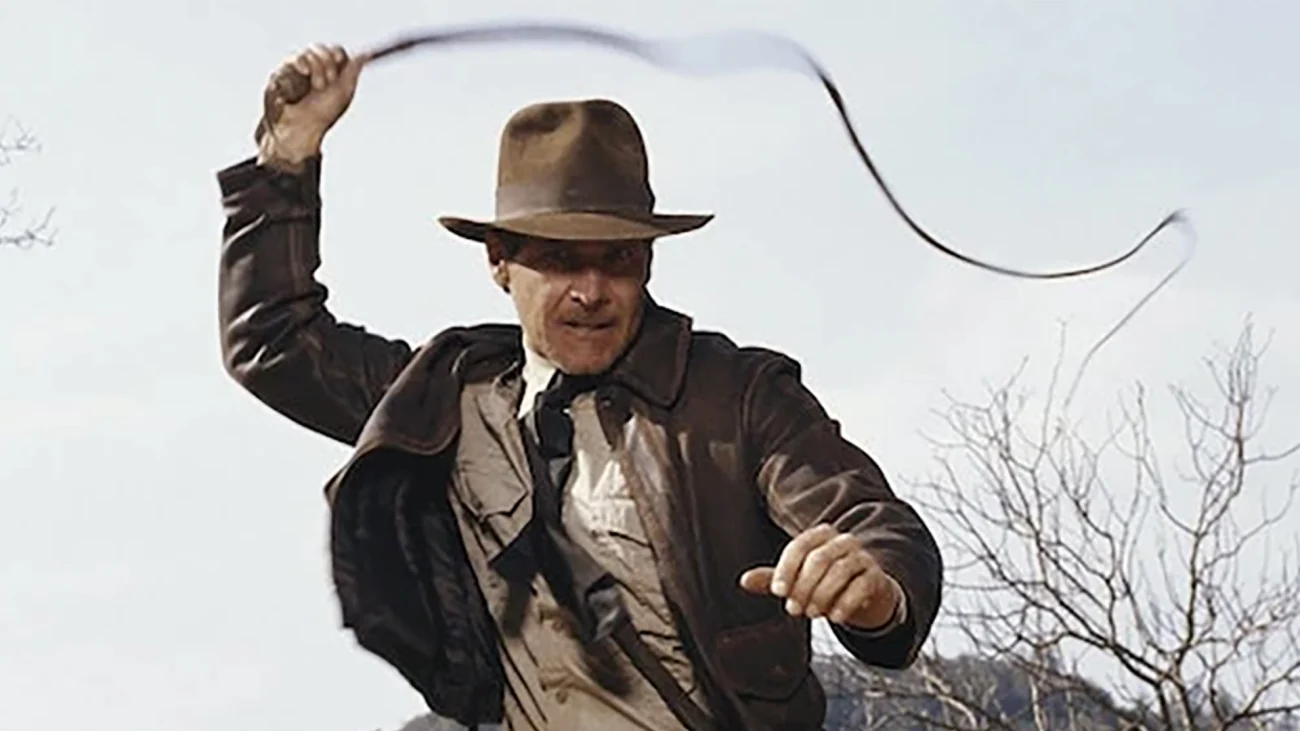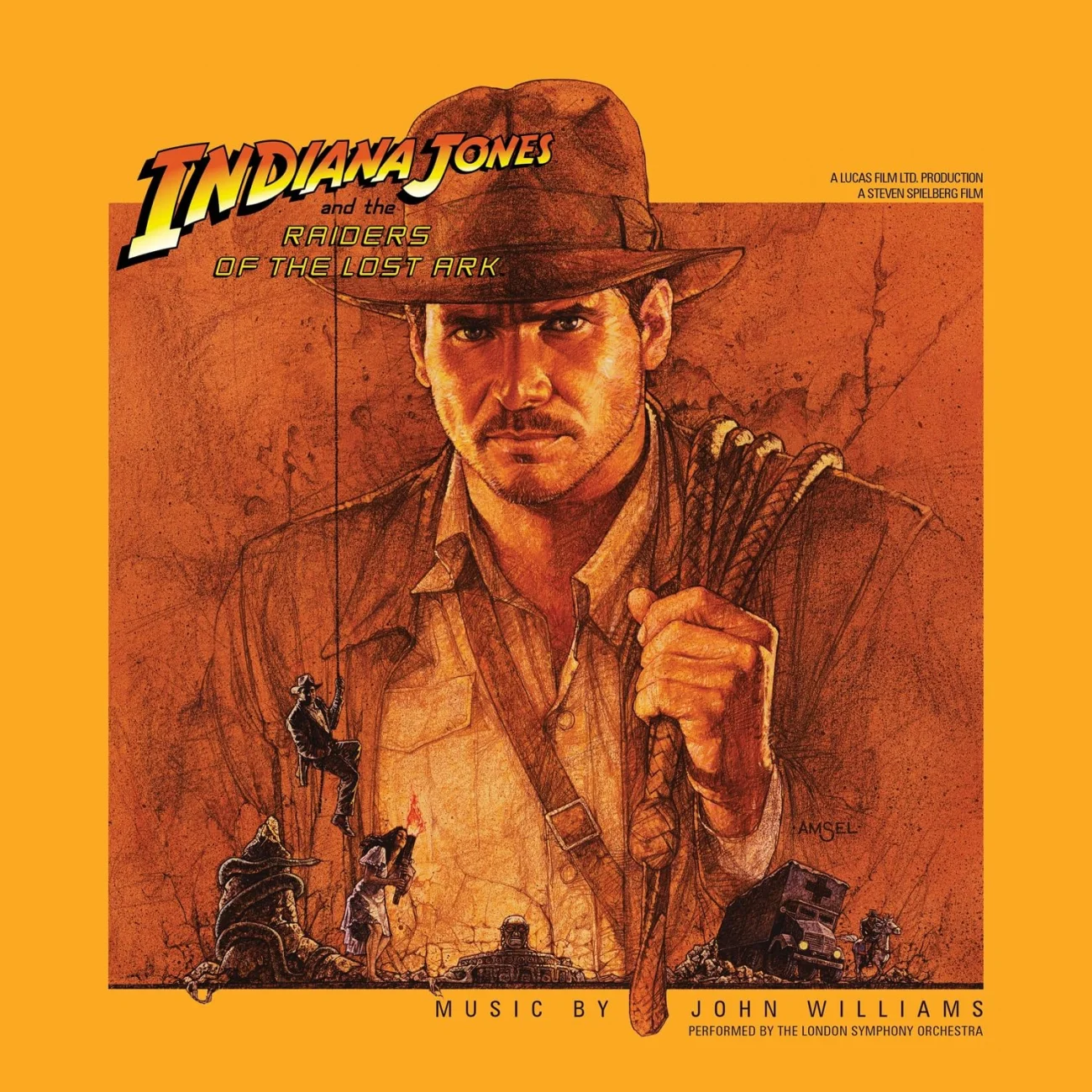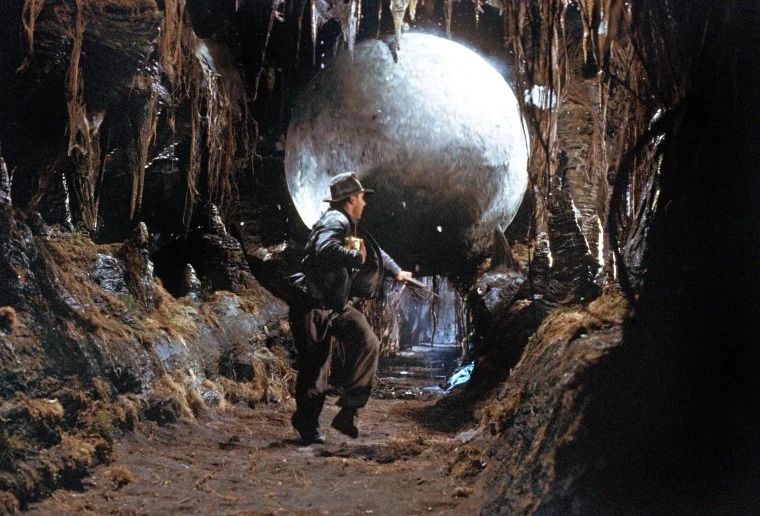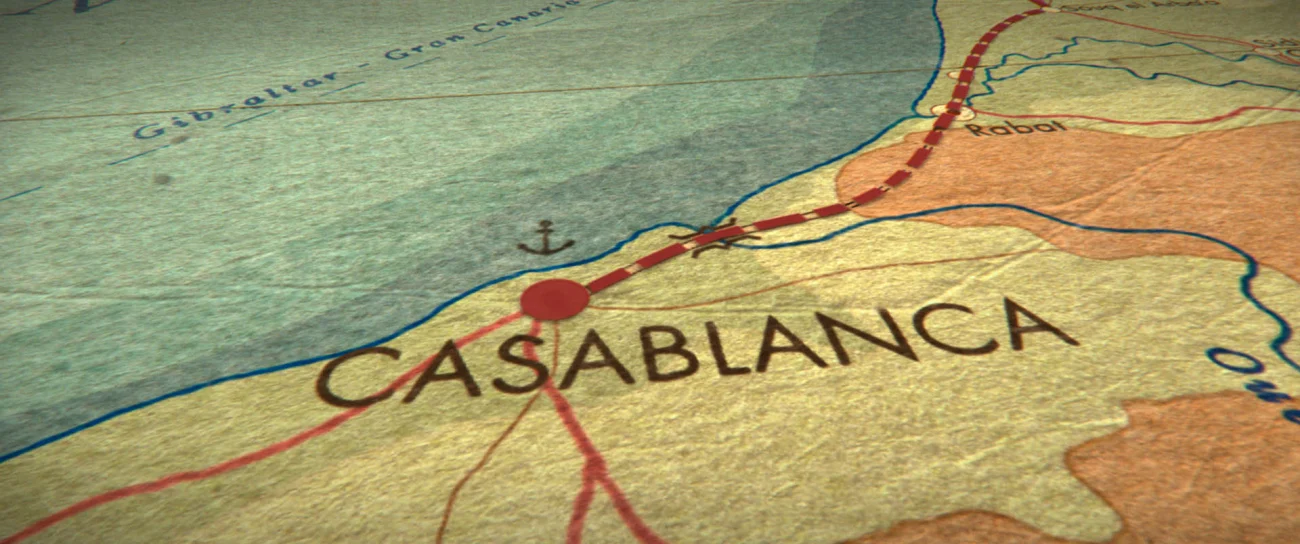
Indiana Jones remains popular because he’s smart, strong, and always finds himself in incredible, action-packed situations, all within a classic adventure setting. Throughout the films, he pursues historical and mythical treasures while balancing his life as both an archaeologist in the field and a college professor. The movies are fast-paced and exciting, but also rich with details—like impressive practical stunts and recurring visual themes—that make repeat viewings rewarding. Here are ten specific things that make Indiana Jones and his adventures so memorable.
The Fedora, Jacket, and Satchel

As a movie critic, I’ve always been struck by how brilliantly designed Indiana Jones is, visually. Everything about his look – that fedora, the leather jacket, and that trusty satchel – was clearly made to read on screen, even in the most challenging conditions. The hat isn’t just iconic; the wide brim expertly frames his eyes, creating instant drama and letting the filmmakers subtly signal tension or a reveal. The jacket? It’s not just cool; it’s practical, protecting him during those incredible stunts while cleverly concealing the safety gear underneath. And that satchel isn’t just a signature piece; it’s a functional element, always within reach for a relic or notebook, making it perfect for choreographing the action. It’s a masterclass in how costume can enhance storytelling.
The Bullwhip as a Multi-Tool

A bullwhip isn’t just for cracking! It’s used in action scenes to reach things, control crowds, and even help performers time their movements safely. It’s a clever tool for filmmakers too, allowing characters to quickly move across gaps, disarm opponents, or grab objects without interrupting the flow of the scene. With proper training, a whip can be seamlessly integrated into fights involving swords, guns, or even just hand-to-hand combat.
The Sound of Adventure: ‘The Raiders March’

John Williams’s iconic theme for ‘Raiders of the Lost Ark’ immediately establishes the character as confident, energetic, and larger than life. The music itself is built around two main melodies that can be adapted – changed in harmony or tempo – to heighten suspense or celebrate victory. Beyond the main theme, recurring musical cues for characters like Marion and for magical objects help the audience focus on what’s important in each scene. This carefully constructed score also allows filmmakers to control the rhythm of action sequences, mysteries, and discoveries without relying on a lot of dialogue.
Booby Traps and Clever Puzzles

Indiana Jones’ adventures are known for their clever traps and puzzles. These aren’t just intellectual challenges; they require physical actions like following specific steps, triggering pressure plates, or arranging tiles. The movie sets are built with working mechanisms that create dramatic moments – doors closing, darts shooting, and floors disappearing – all visible on screen. The clues to solving these puzzles are usually shown through carvings, writings, or objects, allowing the audience to try and figure them out alongside Indy. Because everything is based on real, working parts, when Indy escapes or a hall collapses, it feels truly exciting and well-deserved.
The Red-Line Map and Globetrotting Structure

The film uses maps and real-world locations to quickly move the story between different continents. Filming combines studio sets with scenes shot in deserts, jungles, and historic cities, giving each action sequence a unique feel. Careful attention to detail in the sets – like markets, airplane cabins, and old forts – creates a sense of history and authenticity without interrupting the fast pace. This approach keeps the story moving quickly while still making the global settings feel exciting and real.
Artifacts Rooted in Real Myths

The Indiana Jones movies use real historical and religious artifacts as central plot devices – like the Ark of the Covenant, Sankara Stones, and Holy Grail – along with legends like crystal skulls and an invention based on the Antikythera mechanism. Each film starts with a bit of background information – a map, ancient book, or a lecture – to ground the adventure in history. The powers of these objects usually match their origins, referencing things like divine power, protection, the promise of eternal life, or remarkable ancient technology. This mix of genuine research and mythology makes the stories exciting and easy to follow, even if you don’t know the history beforehand.
The Professor Persona

Indiana Jones isn’t just an adventurer; he’s a college professor who teaches classes, guides students, and does research in archives when he’s not on expeditions. We see him in the classroom teaching things like language translation, archaeological mapping, and how to use original historical documents. His research on campus directly connects to his fieldwork, highlighting a careful, methodical approach rather than relying on luck. His famous line, “It belongs in a museum!” reveals his dedication to preserving artifacts and explains why he opposes those who would steal or hoard them for personal gain.
Practical Stunts and Old-School Craft

Action sequences depend a lot on hands-on effects: things like cars driving near each other, actual explosions, and large physical props – even giant boulders. While visual effects like models and painted backgrounds help expand the sets, they’re used in a way that keeps things looking realistic. Stunt performers and special rigging allow actors to perform impressive falls and movements around vehicles and machinery. This focus on physical interaction between the actors, props, and effects is what makes the action feel genuine and believable.
A Team of Memorable Allies

Indiana Jones’s frequent companions provide a sense of history and highlight different strengths: Marion Ravenwood is tough and clever, Sallah is a dependable local expert, Short Round is quick-witted and compassionate, and Marcus Brody embodies the world of academia. Their unique abilities often help Indy move forward – whether it’s knowing how to handle a secret object, arranging transportation, or spotting a detail he’s missed. Through quick, familiar conversations, we immediately understand their established relationships. These connections also make the dangerous situations more impactful, because we care about the people involved.
A Cross-Media Legacy

As a longtime fan, I’ve seen Indiana Jones everywhere – not just in the movies, but in books, comics, games, and even at Disney! What’s really cool is how everything, from the original ‘Raiders of the Lost Ark’ to the latest, ‘Dial of Destiny’ (directed by James Mangold, building on the George Lucas and Steven Spielberg foundation), feels connected. You’ve got the same visual style, the iconic music, and a constant focus on maps, ancient artifacts, and, of course, plenty of danger. It’s a smart approach; each new story can build on what we already love while taking us to exciting new places and introducing us to different myths and legends. It feels like a cohesive universe, and that’s a big part of why I keep coming back.
Share your favorite Indy detail or moment in the comments—what cool thing did we miss?
Read More
- Fed’s Rate Stasis and Crypto’s Unseen Dance
- Ridley Scott Reveals He Turned Down $20 Million to Direct TERMINATOR 3
- Blake Lively-Justin Baldoni’s Deposition Postponed to THIS Date Amid Ongoing Legal Battle, Here’s Why
- Global-e Online: A Portfolio Manager’s Take on Tariffs and Triumphs
- The VIX Drop: A Contrarian’s Guide to Market Myths
- Baby Steps tips you need to know
- Northside Capital’s Great EOG Fire Sale: $6.1M Goes Poof!
- Top 10 Coolest Things About Goemon Ishikawa XIII
- Top 10 Coolest Things About Indiana Jones
- Zack Snyder Reacts to ‘Superman’ Box Office Comparison With ‘Man of Steel’
2025-10-21 20:15